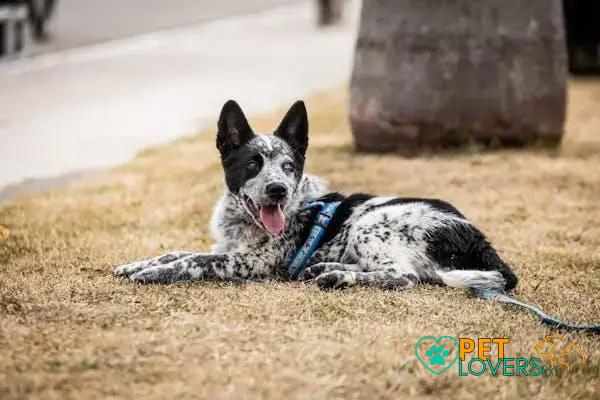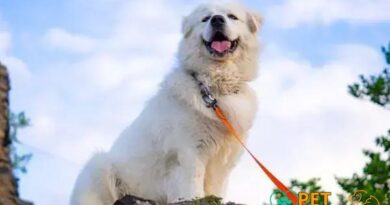Curiosities About the Australian Cattle Dog: Fascinating Facts You Didn’t Know
The Australian Cattle Dog is a breed that piques the curiosity of many dog lovers. Known for its intelligence and loyalty, this breed has a rich history and unique traits that make it stand out. In this article, we will delve into the fascinating curiosities about the Australian Cattle Dog, explore its history, and provide some useful training and care tips.
History and Origin of the Australian Cattle Dog
The Australian Cattle Dog, also known as the Blue Heeler or Queensland Heeler, was developed in the 19th century in Australia. Originally bred for herding cattle, this unique breed traces its ancestry to a mix of native Australian Dingoes and European herding dogs, primarily the Collie and Dalmatian.
Thomas Hall is often credited with creating the first iteration of the breed, by crossing his own dingoes with herding dogs, producing what was called the ‘Hall’s Heelers’. These dogs were highly effective at managing cattle, especially over long distances and rough terrains.
The breed gained popularity among Australian ranchers due to its loyalty and herding skills. Officially recognized as the Australian Cattle Dog in the early 20th century, it has since become known for its hard-working nature and adaptability.
These dogs played a crucial role in the expansion of the Australian beef industry, and today, they are not only valued as working dogs but also as loyal companions.
Unique Characteristics and Traits
One of the most striking features of the Australian Cattle Dog is its unique coat. This breed is known for its blue or red speckled fur, which not only provides an appealing appearance but also offers practical benefits for working in the harsh Australian climate.
Their strong, muscular build makes them incredibly agile and tireless, able to handle long days of herding livestock. They are well-known for their intelligence and independence, which can be both a blessing and a challenge. Quick learners, they excel in obedience and agility training. However, their independent nature can sometimes make them stubborn if not properly managed.
Australian Cattle Dogs have an instinctive drive to herd. This trait is evident in their tendency to nip at the heels of other animals and even humans, a behavior that needs to be directed towards appropriate activities.
Furthermore, these dogs are exceptionally loyal and protective of their families, often forming strong bonds with their owners. They are wary of strangers, making them effective guard dogs.
Adaptability
Despite their high energy levels, they can adapt to various living conditions as long as they receive adequate physical and mental stimulation.
Training and Care Tips
Establishing a Routine
The Australian Cattle Dog thrives on routine and consistency. Establishing a daily schedule will help your dog feel more secure and confident. Regular meal times, exercise sessions, and sleep patterns are essential.
Positive Reinforcement
Positive reinforcement is crucial when training this breed. Reward-based training methods work wonders. Provide treats, praise, and playtime when your dog follows commands correctly.
Mental Stimulation
Given their high intelligence, Australian Cattle Dogs require ample mental stimulation. Puzzle toys, training games, and interactive play help keep them engaged and prevent boredom. Mental challenges are as important as physical activity.
Exercise Needs
Australian Cattle Dogs are highly energetic. They need at least an hour of rigorous exercise every day. Activities like fetch, agility training, and long walks are perfect for expending their energy and keeping them fit.
Socialization
Early socialization is crucial. Expose your dog to different environments, people, and other animals. This will help them grow into well-adjusted adults. Socialization helps in reducing anxiety and aggressive tendencies.
Health Monitoring
Regular vet check-ups are essential to maintain your dog’s health. Vaccinations, dental care, and parasite control should be part of your routine care. Always keep an eye out for any signs of illness or discomfort.





